Author:Zhongan-ECO Comefrom: Date:2022/10/12 17:10:23
Plastic recycling is the process of recovering waste plastic and reprocessing it into a useful product.Plastic shredding has been considered a primary issue in the recycling industry due to the growing of plastics waste. It starts with shredding for size reduction. We are specialized in industrial shredders and can offer and develop solutions for your needs. Zhongan’s plastic shredding machine is focusing on performance, quality, and reliability using the latest technologies. The goal of the recycling of the plastics that have to be transformed, through phases of sorting, washing, shredding, and granulation to obtain size-controlled granules and homogeneous materials without polluting elements, to be used in extrusion processes. Zhongan’s plastic shredding plants can handle a variety of plastics like bulky wastes come from automotive plastics such as bumpers,dashboards, and tanks. Other production waste such as PET bottles, textile fibers, film, insulation, plastic decking, carpet, containers and crates. This article provides details on some of the appropriate plastic waste management techniques. Zhongan develops solutions for treating all types of plastic as follows:
Recycling of bumpers, tanks, dashboards and automotive industry plastics
Recycling of irrigation pipes, containers, barrels and plastic bins in general
Processing waste and scraps such as blocks and risers
Food industry plastics
Industrial or agricultural films
Recycling of PET and PE containers for the industry and food industry
Polypropylene raffia such as big bags
Various types of container
Coupled plastic materials
Carpets
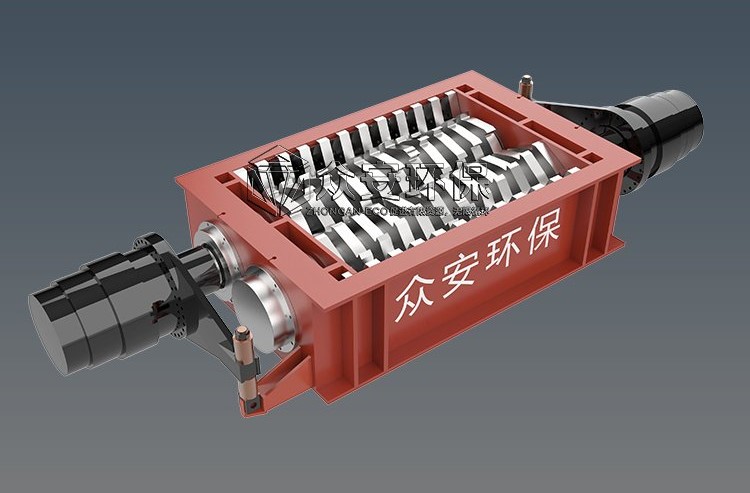

Plastic is used in a huge, and growing, range of applications. It is found in the clothes we wear, our houses, the cars we travel in, the toys we play with, the televisions we watch, and the computers we use. The main ingredient in most plastic is crude oil and natural gas. This is mixed with a blend of chemical additives which provide plastic with its intended properties - such as toughness, flexibility, elasticity, colour or to make them safer and hygienic to use for a particular application. There are seven types of plastic. These types and their typical uses include: PE, PP, PVC, PS, PU, PET, LDPE, LLDPE, HDPE, etc.
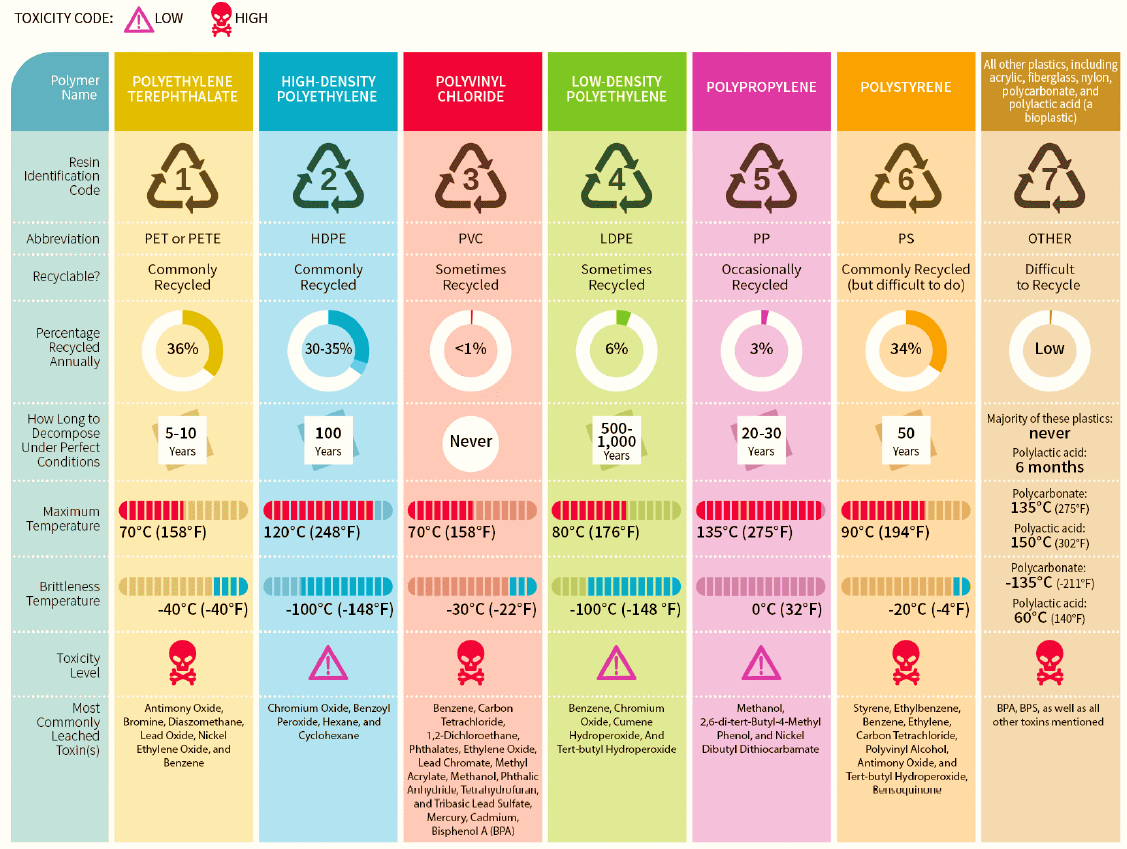
Plastic waste refers to plastic that is not recycled and ends up in landfill or thrown into unregulated dump sites, littered or burnt. So much of what we consume is made of plastic because it is inexpensive and durable. However, because of its durability, plastic is slow to degrade (taking over 400 years or more). Further, plastic breaks up, it does not break down. So as plastic degrades, it becomes smaller and these micro-plastics create additional environmental and ecological problems. A small portion (less than 5%) is estimated to be recycled effectively. The plastic that is not recycled may enter our environment, pollute our oceans, and cause damage to our ecosystems.


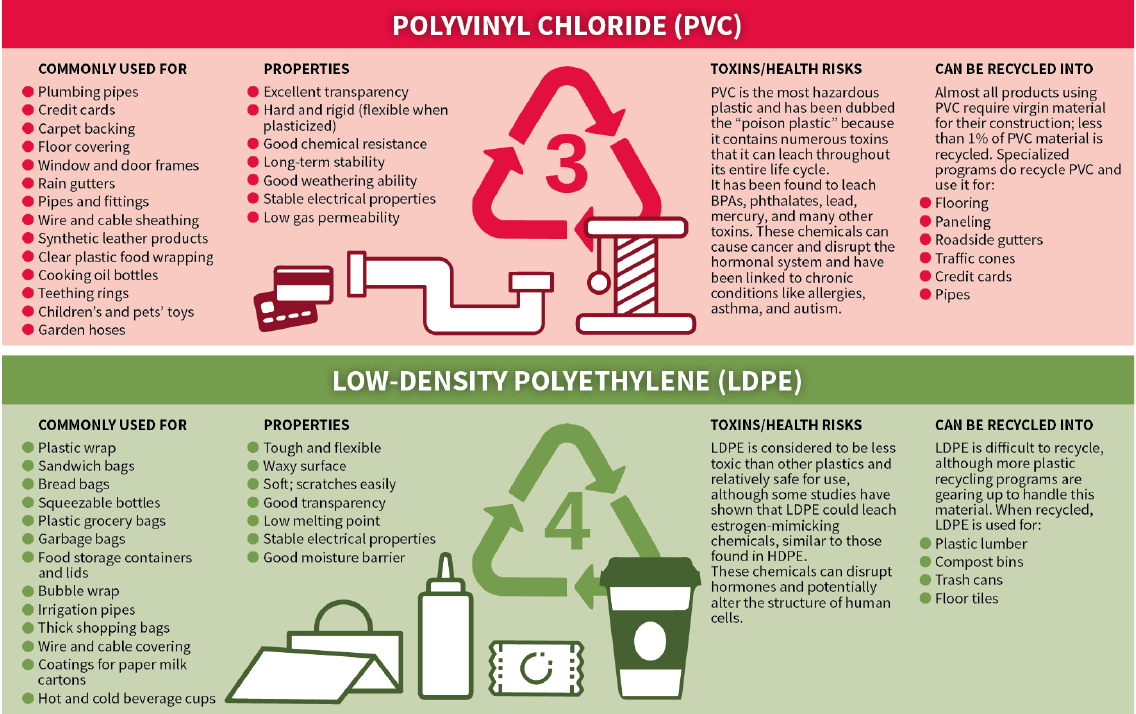
Globally, plastic recycling is challenging because of its low value and incapability of different types of plastics to be recycled together (there are thousands of variations even within the seven main types of plastic due to different manufacturing processes, additives, and dyes).
The main challenges include:
- Not all types of plastic can be economically or safely recycled
- Those that can be recycled, cannot be recycled together. When different types of plastics are melted together, they tend to separate, like oil and water, causing structural weakness
- When plastic is recycled, the quality degrades every time it is reheated meaning it has a limited duration for recycling.
- Even in countries with household recyclable collection, households generally lump all plastic waste together in one bin – often with food contamination. This waste must be carefully sorted by type, which is expensive for governments and other organisations to do.
- Because plastic has limited value as a recycled material, it is not long before it reaches its end of life and spends eternity as landfill or in our oceans and environments.
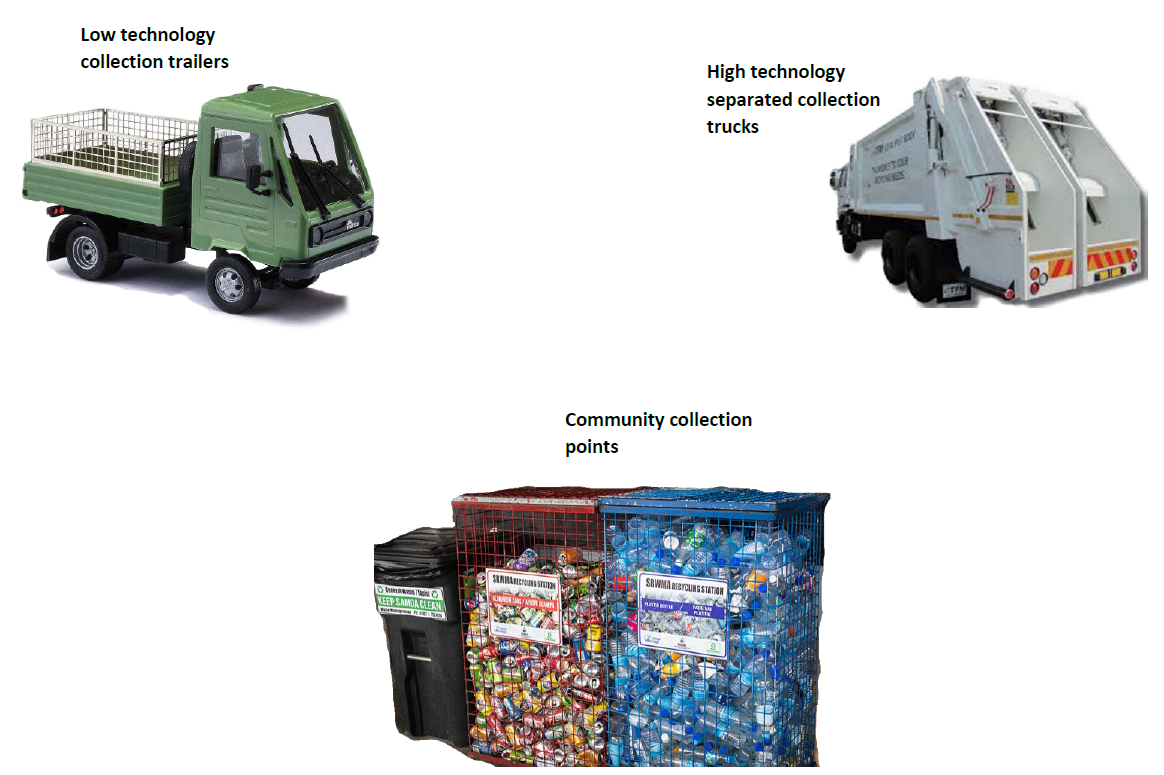

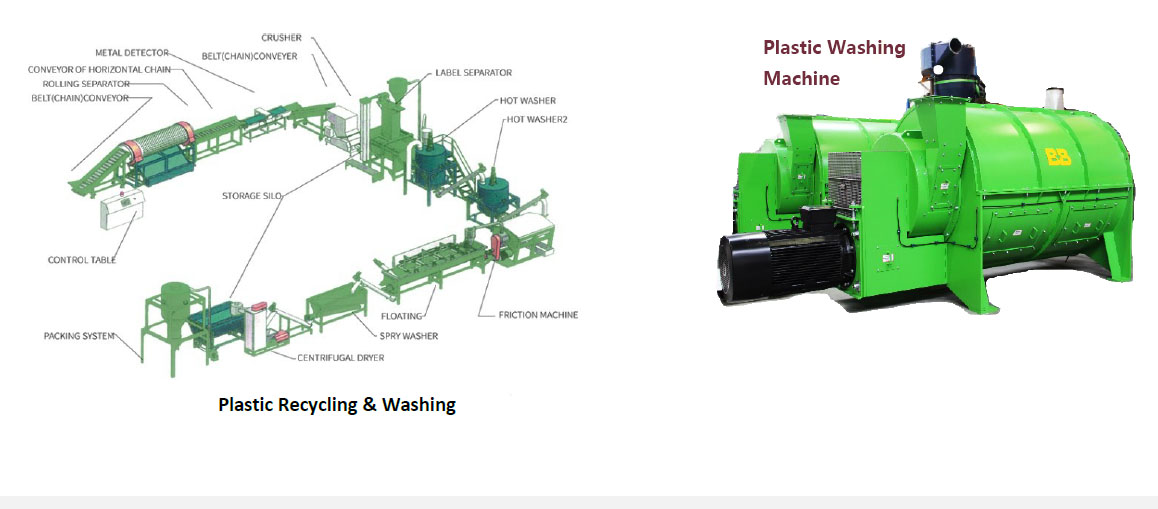

Plastic shredder is our profession, we specially and only concerntrate on it, let's highlight this part for you. Shredding plastic is an alternative method for compacting plastic waste to reduce its volume and help with storage and transport. Shredded waste is easier to handle and may receive a higher income from recycle markets as it is further advanced in the recycling process. Shredded plastic is also able to be input into energy conversion technologies.
Zhongan's plastic shredders are available in a variety of sizes and configuration to suit the inputs and desired output product. Technology ranges from small-scale modular plastic shredding for use in small-scale applications, to industrial scale technology offering one or multiple shafts able to process a large volume of plastics and have different speeds for efficient processing of different materials.

Advantages
• Enables volume of plastic waste to be reduced to enable storage and transportation, economical.
• Ease of scalability and enables end product market. Baling and shredding machines may be configured to be used for other recycling initiatives – i.e., cardboard, timber, tyres, hard plastic casings from e-waste and vehicles.
• Low energy
• Promotes in-country employment in the recovery industry. One to many people required for operation depending upon the hours of operation and volume of plastic being processed. Medium skill level required to operate machinery and electronics. Skills can be obtained on-site or via remote training by most technology provider companies.
• Increased diversion rates of plastic from landfill by improving collection and handling.
Disadvantages
• Shredding and compacting plastic may assist recycling and export but will need to identify overseas receivers or a local application for the collected plastic
• Potentially intensive maintenance program required
• If shredded plastic not managed correctly may become a significant source of fly-away litter contributing to microplastic concerns.
Waste to Energy technology is an energy recovery process that converts chemicals from waste residues into practical forms of energy like electricity, heat, or steam.
Common Waste to Energy technology options for managing plastic includes:
- Incineration/thermal - processing combustible materials, such as plastics, into thermal energy
- Pyrolysis - converting certain plastics into liquid fuel via heating above 430 °C in the absence of oxygen. Because no oxygen is present the material does not combust, but the chemical compounds convert into liquid fuel (oil)
- Solid fuel (biochar) - low temperature pyrolysis of certain plastics with paper and dry biomass (i.e., wood, straw, and timber) into briquettes and charcoal for bioenergy production
This technology tends to require high operation requirements (surveillance). For example, certain pyrolysis units can require operation 24 hours per day, for as many continuous days as possible and requires three to four persons per shift. For incineration plants a similar approach applies requiring two persons shift during the day and at night.
Waste to Energy is generally suited for highly populated countries/community centres where there is a large source of input and can be operated continuously.
Advantages
• Provide alternative fuel source for countries
• Volume reduction of wastes
• Typically, energy neutral if not positive due to the innate capacity of high temperature thermal processes such as incineration and pyrolysis to generate energy.
• High temperature thermal processes can typically achieve over 80% conversion to solid or liquid fuels.
• Emissions to air are regulated, high temperature thermal processes require management of emissions which are controlled by thermal oxidisers and filtration equipment.
Disadvantages
• Low on the waste hierarchy - not promoting circular economy
• Potentially intensive maintenance program
• Medium to high skill level required to operate machinery and electronics.
• Certain technology will produce potentially toxic ash which needs disposing
• Emissions to air need to be regulated if thermal oxidisers and filtration equipment not operating correctly could result in air pollution and damage to human health.
• Plastic fumes released to air vary dependent upon plastics being melted.
• This technology tends to require significant manpower for operation, dependent upon the operating requirements of waste to energy conversion technology – e.g., the Balanced Energy Cost Rica pyrolysis reactor requires operation 24 hours per day, for as many continuous days as possible and requires three to four persons per shift.
• Suited to highly populated countries/community centres